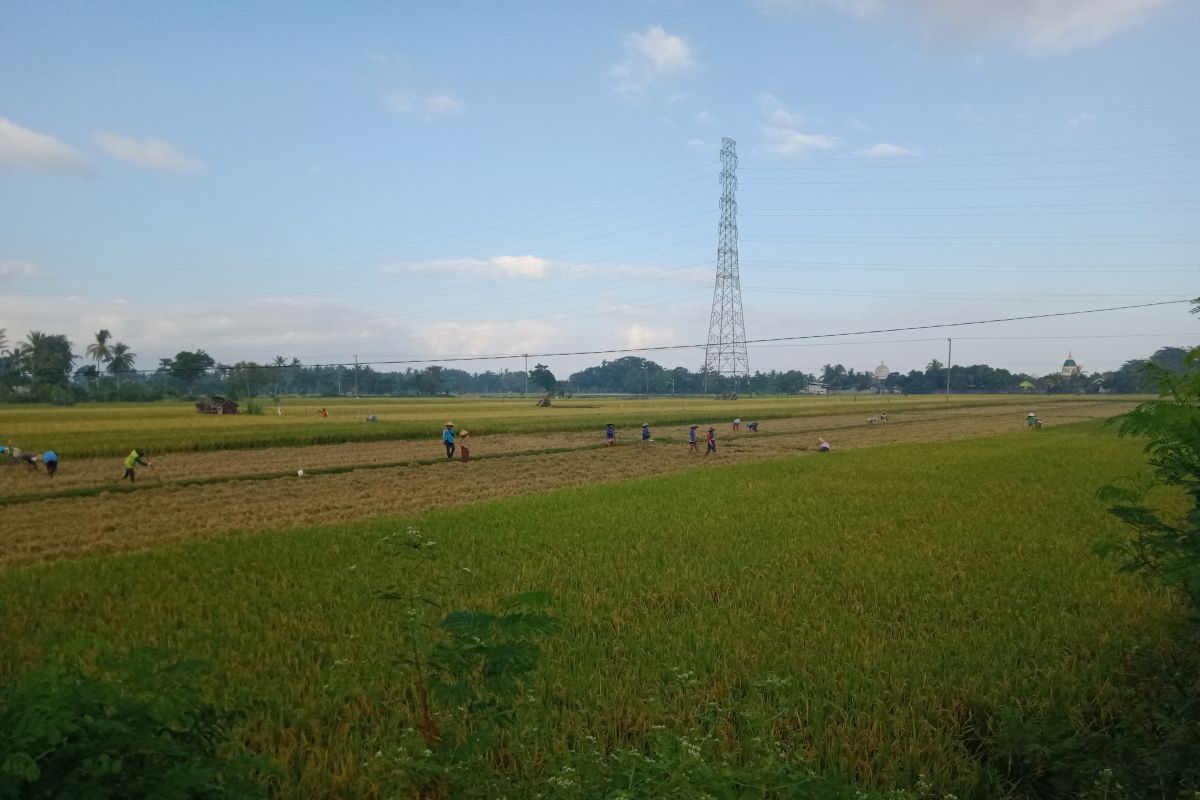"The work to construct shallow wells has reached around 50 percent completion of the 50 locations that we plan this year," Head of the Mataram City Agriculture Service H. Mutawalli remarked in Mataram, West Nusa Tenggara (NTB), Saturday.
The procurement program for shallow wells aims at providing assistance in the form of building shallow wells for farmer groups in drought-prone areas, including water sediment machines that had until now been installed at hundreds of points.
"In addition to helping farmers in areas prone to drought, we also give assistance to other farmer groups in need," he stated.
Mutawalli remarked that rice fields prone to drought in Mataram City, on average, are in the northern part of Mataram from the tip of Ampenan to the Cakranegara region.
Of the tens of hectares of agricultural land in the north, the priority of dry spots is in the area of Rembiga and Sayang-Sayang, with an area of some 10 hectares.
However, he remarked that drought-prone conditions in Mataram differ from those in other areas where the land is not cultivable, especially for farming.
"Rice fields in Mataram are prone to drying out, but it is still possible to grow secondary crops, as they only need to be watered once," he stated.
Hence, Mutawalli remarked that despite Mataram having areas prone to drought, no farmers had yet experienced crop failures due to drought in the long dry season in this city.
Based on the latest data in August 2018 from the National Land Agency (BPN), Mataram's agricultural land currently reaches some 1,500 hectares, lower than the data of the remaining agricultural land based on farmer groups and the Regional Development Planning Agency (Bappeda) of Mataram. Based on data from Mataram farmer groups, currently 1,888 hectares are left in Mataram, while the Bappeda satellite photo data in 2016 recorded 1,600 hectares.
"Hence, what we use is data from BPN, as it is the latest data," he remarked.
He stated that the area of agricultural land in Mataram had continued to shrink with every passing year owing to extensive land conversion, with such activities until this year's end reaching some 41 hectares.
"However, as compared to previous years, land conversion activities this year are relatively low due to no ratification of the Regional Spatial Planning Regulation," he added.
Translator: Nirkomala/Eliswan Azly
Editor: Bambang Purwanto
Copyright © ANTARA 2019










